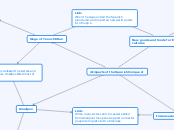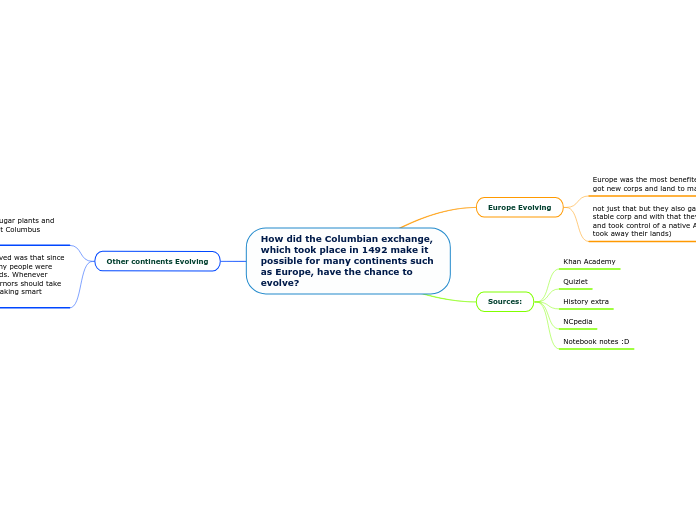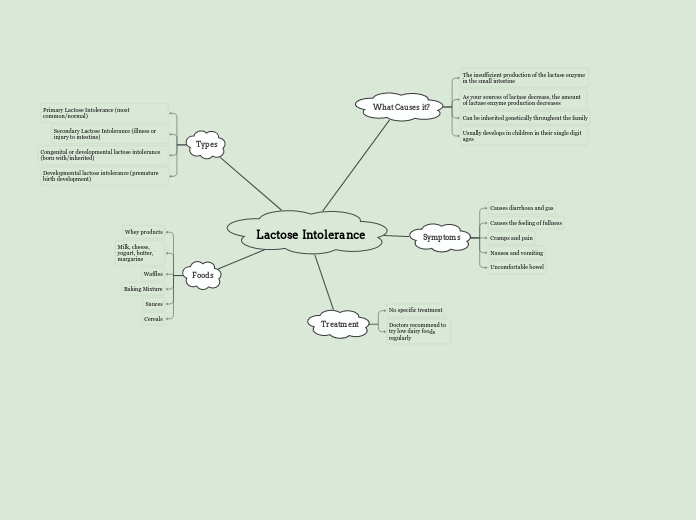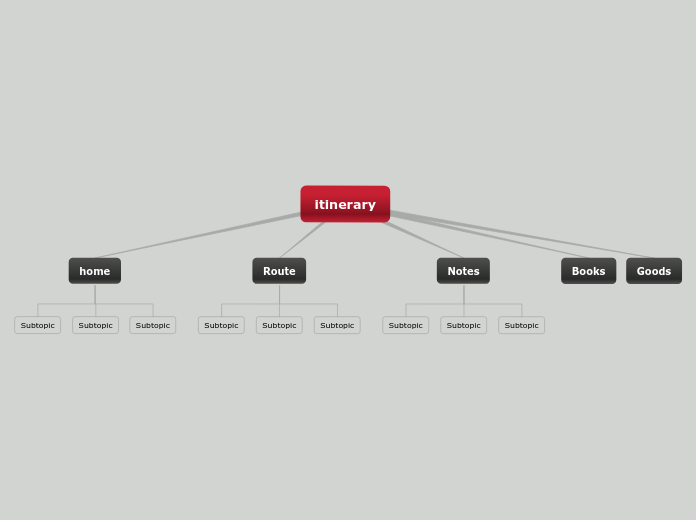av Arrow Head 7 år siden
520
Impacts of the Spanish Conquest
The Spanish Conquest had profound effects on Europe and the Americas, resulting in significant cultural and economic changes. The introduction of new goods and foods to Europe, such as potatoes, rubber, and tobacco, led to population growth and migration to the Americas.









